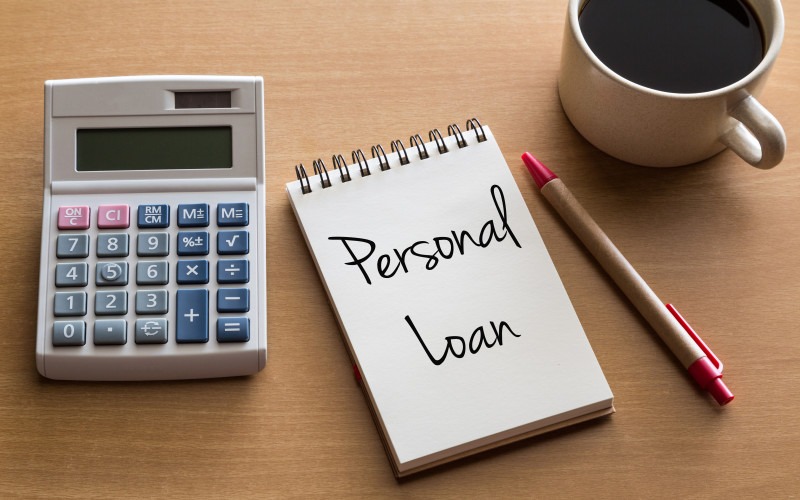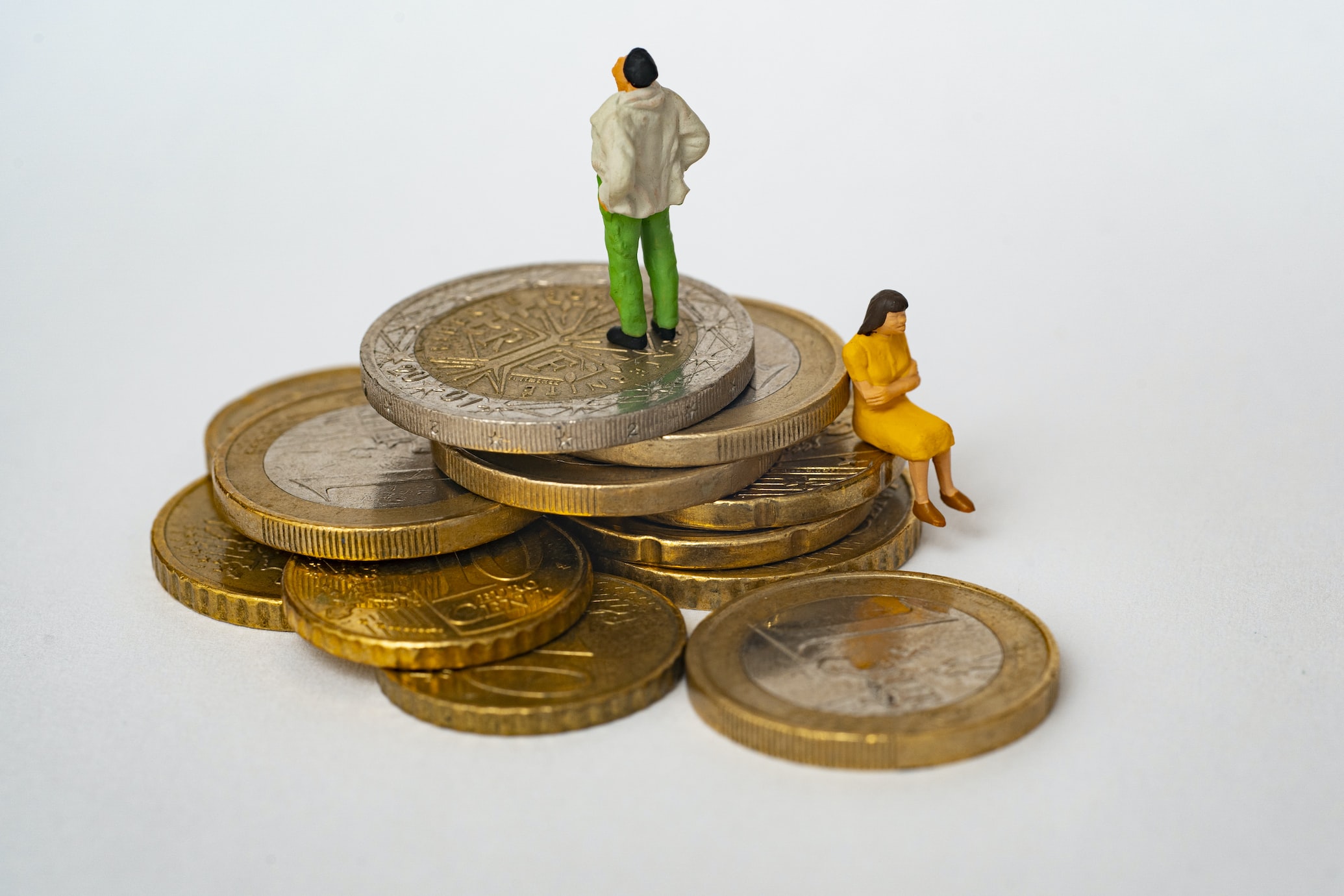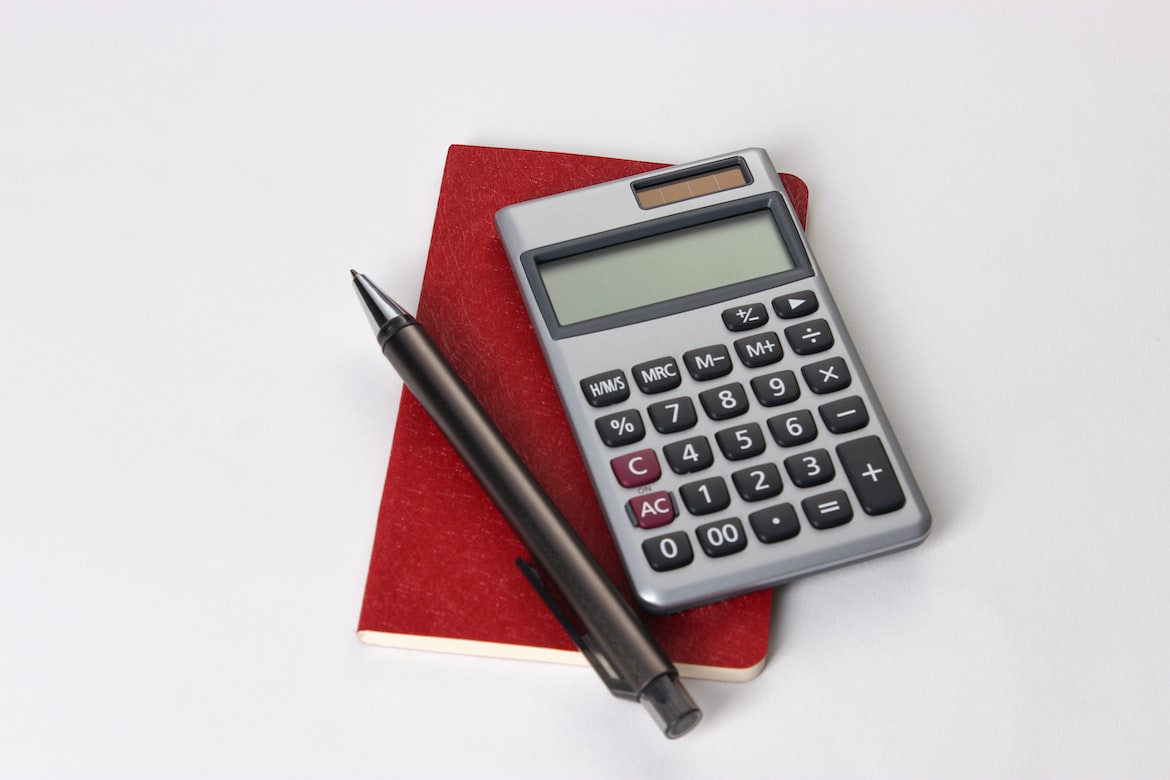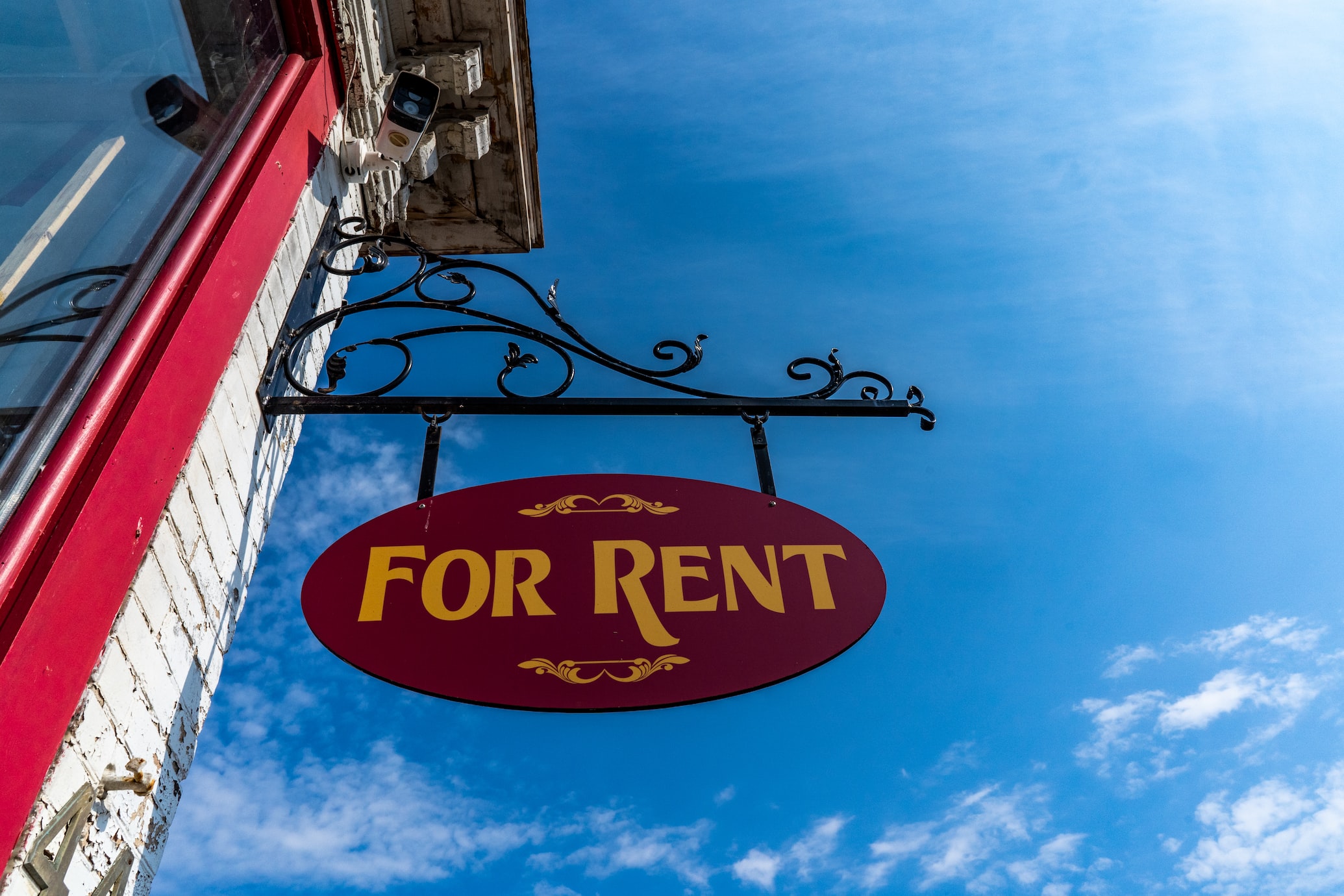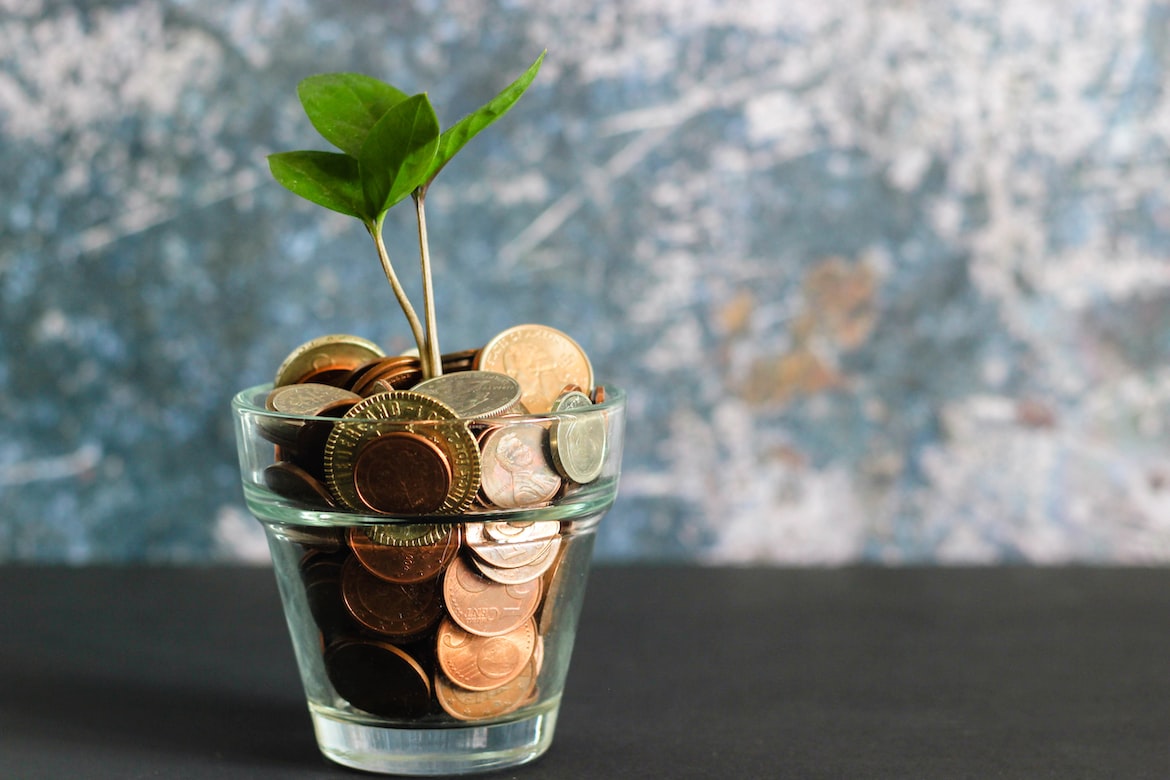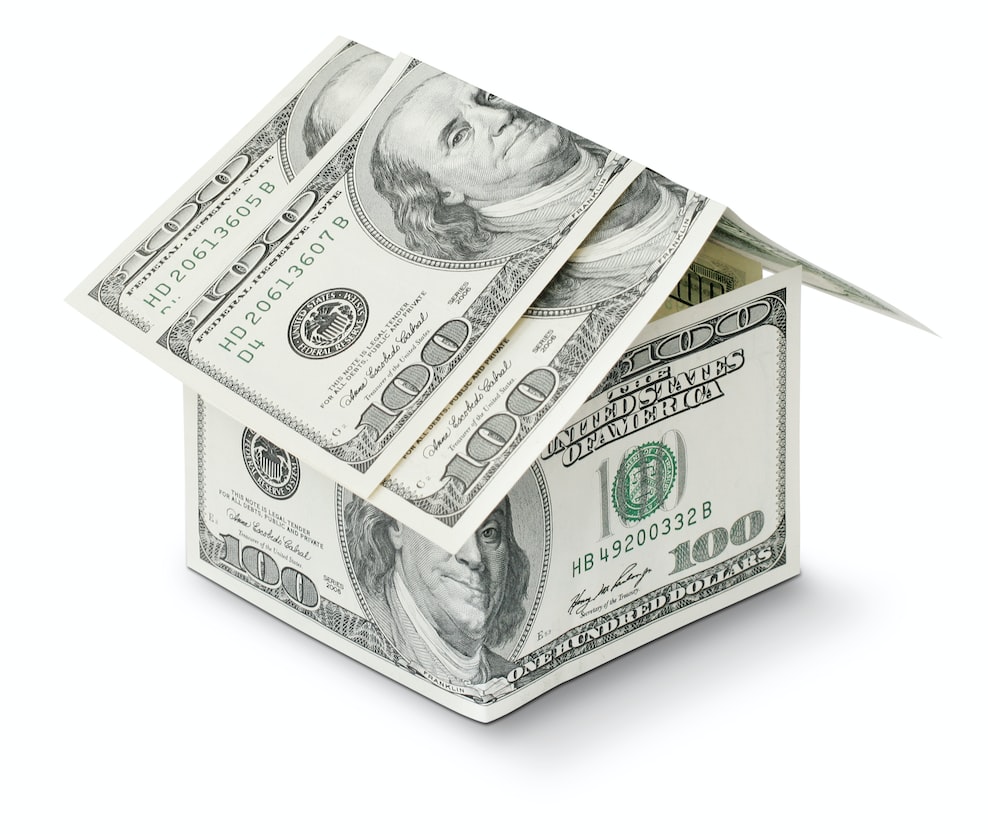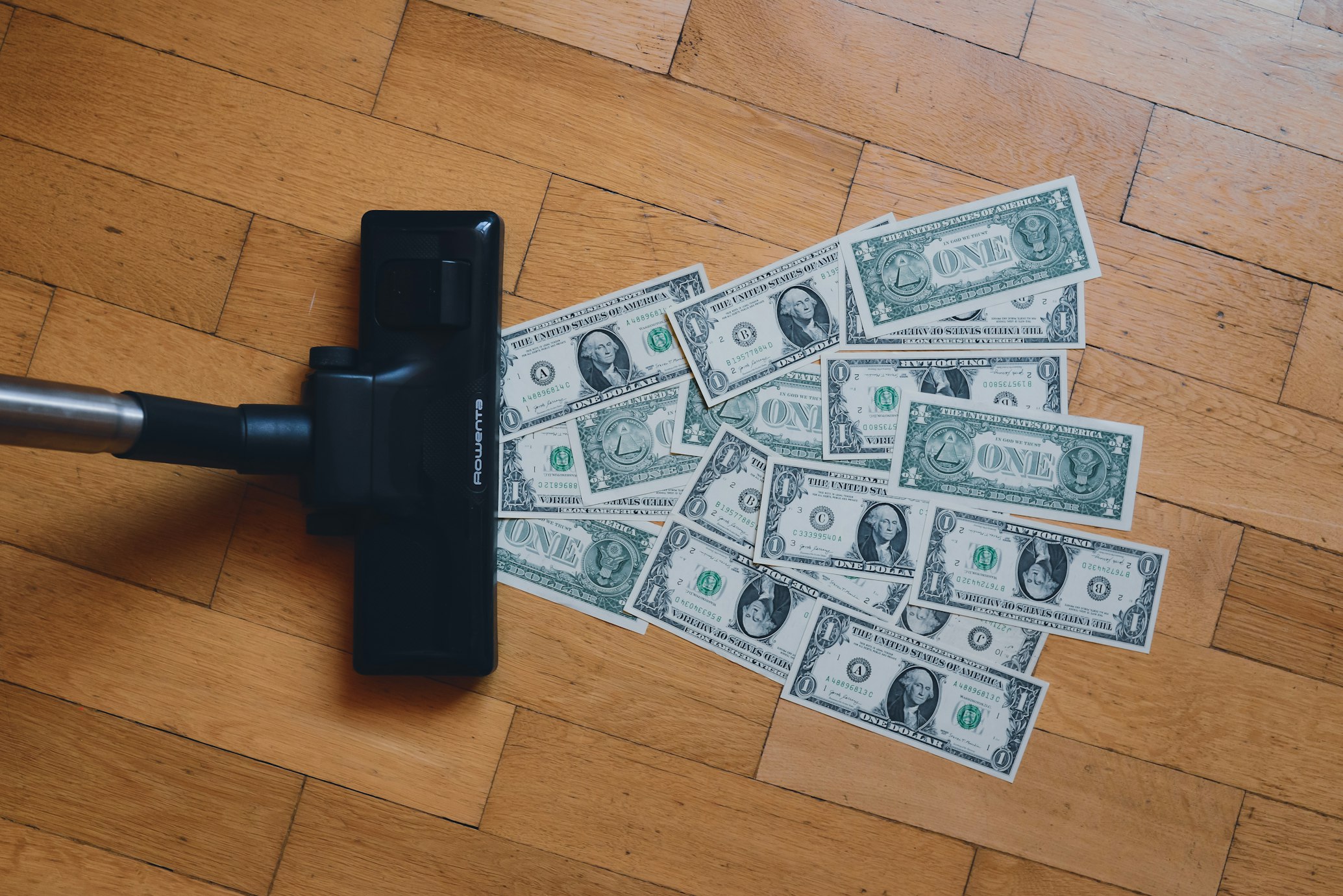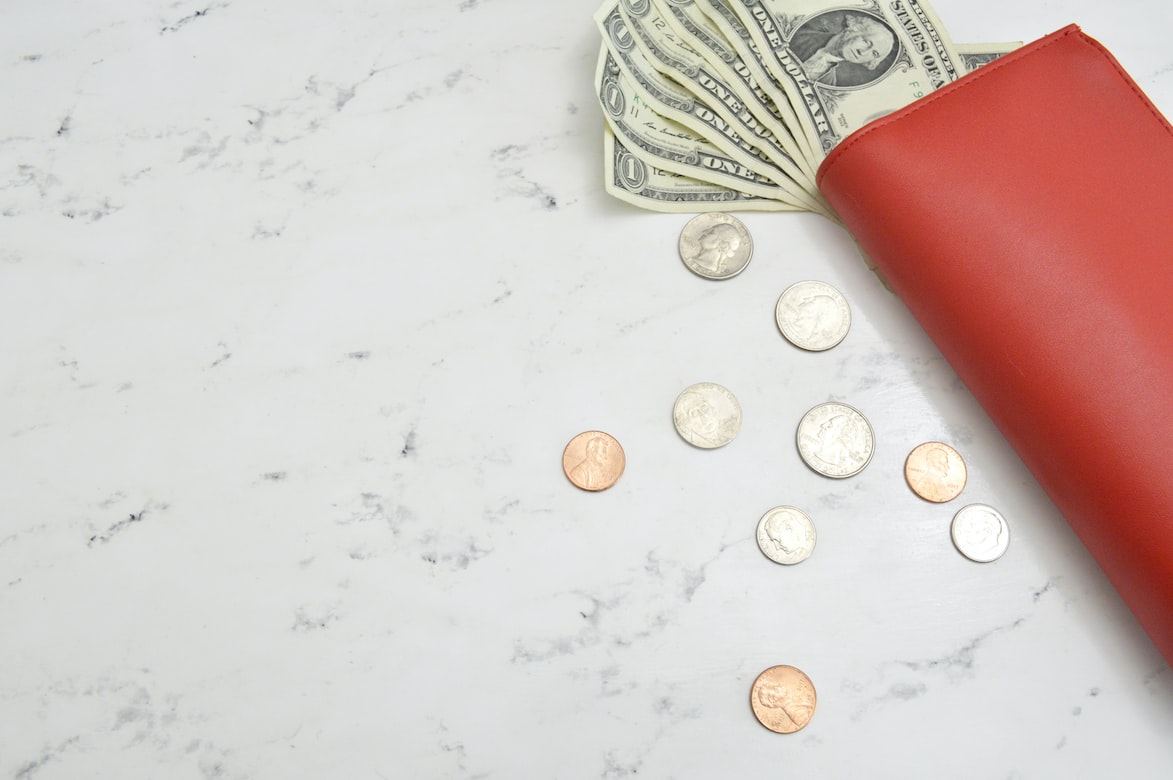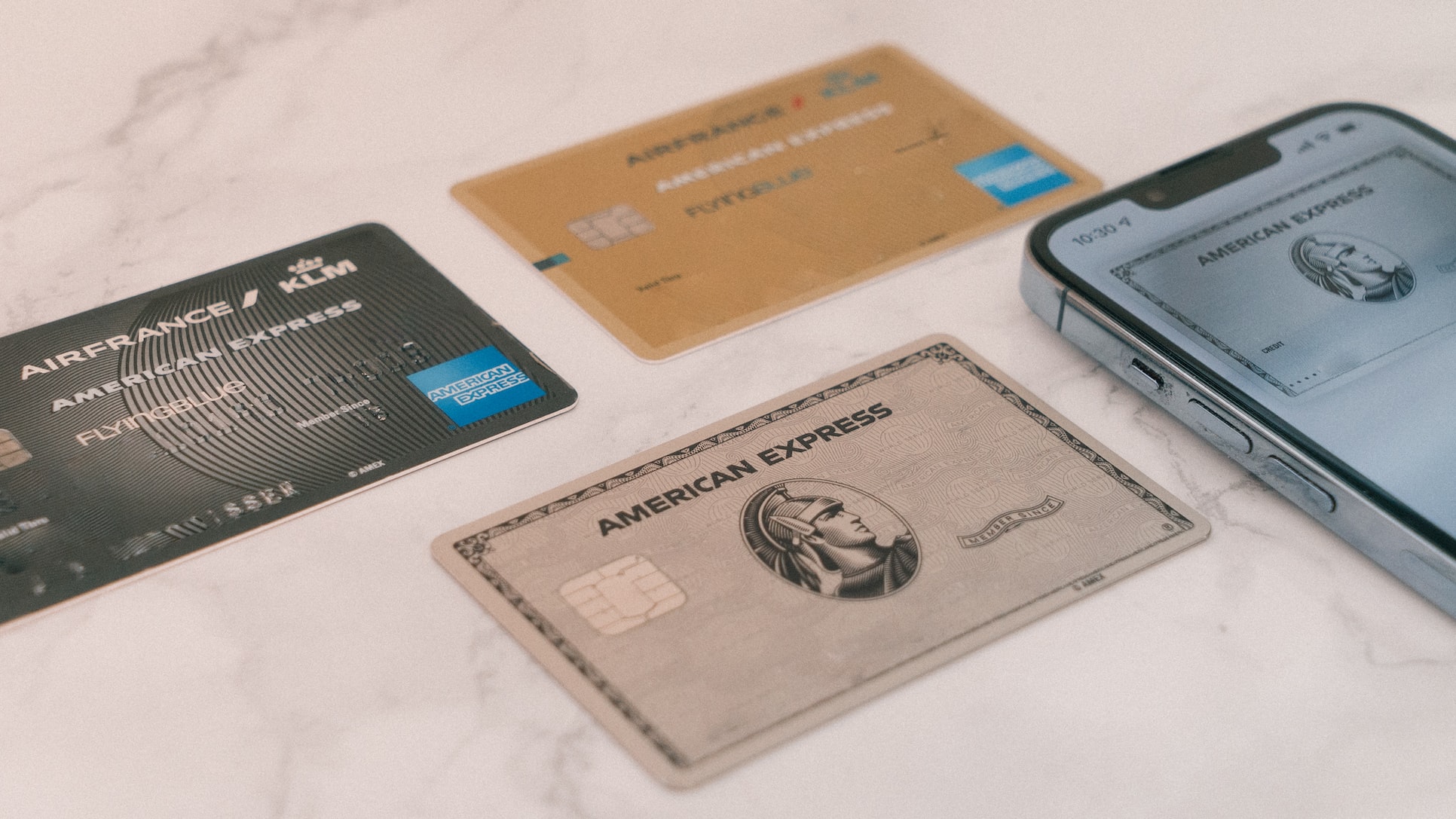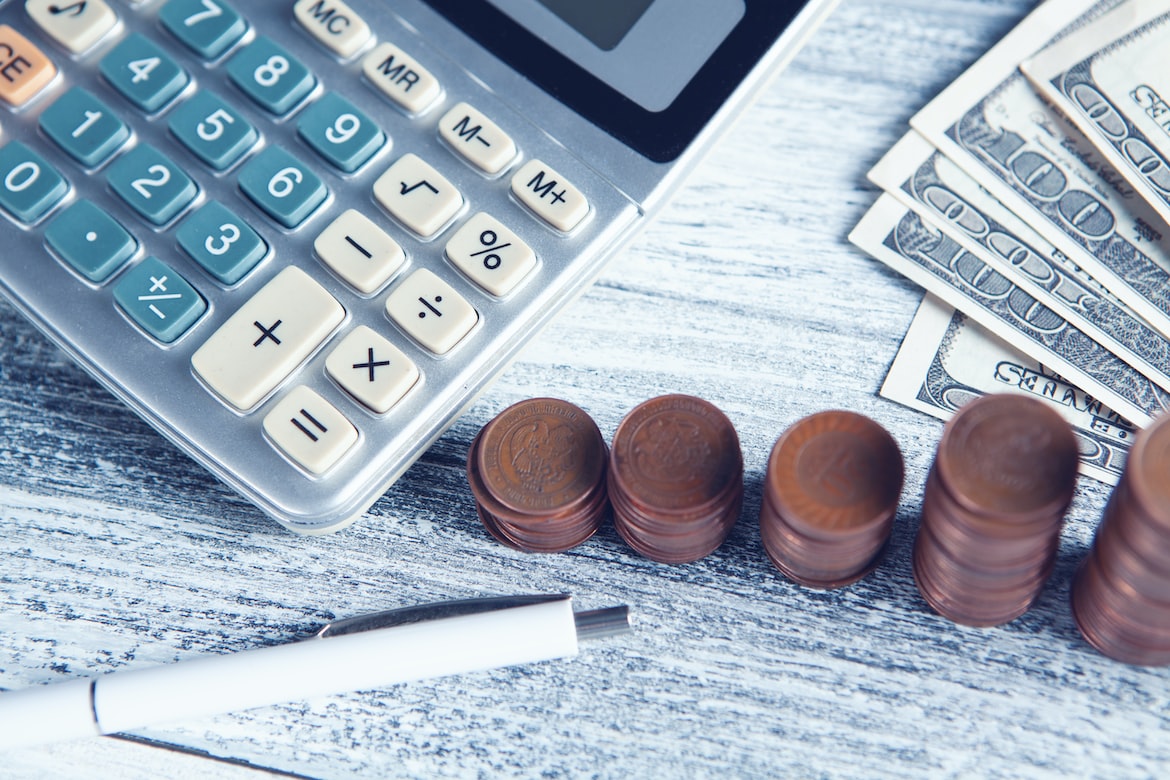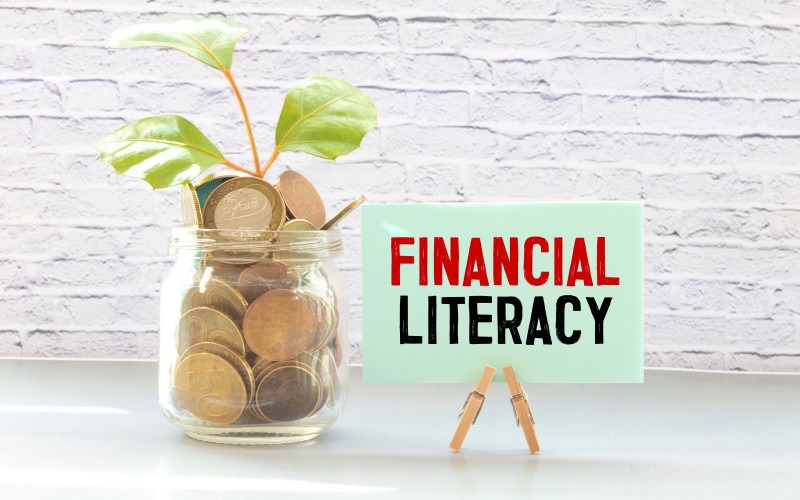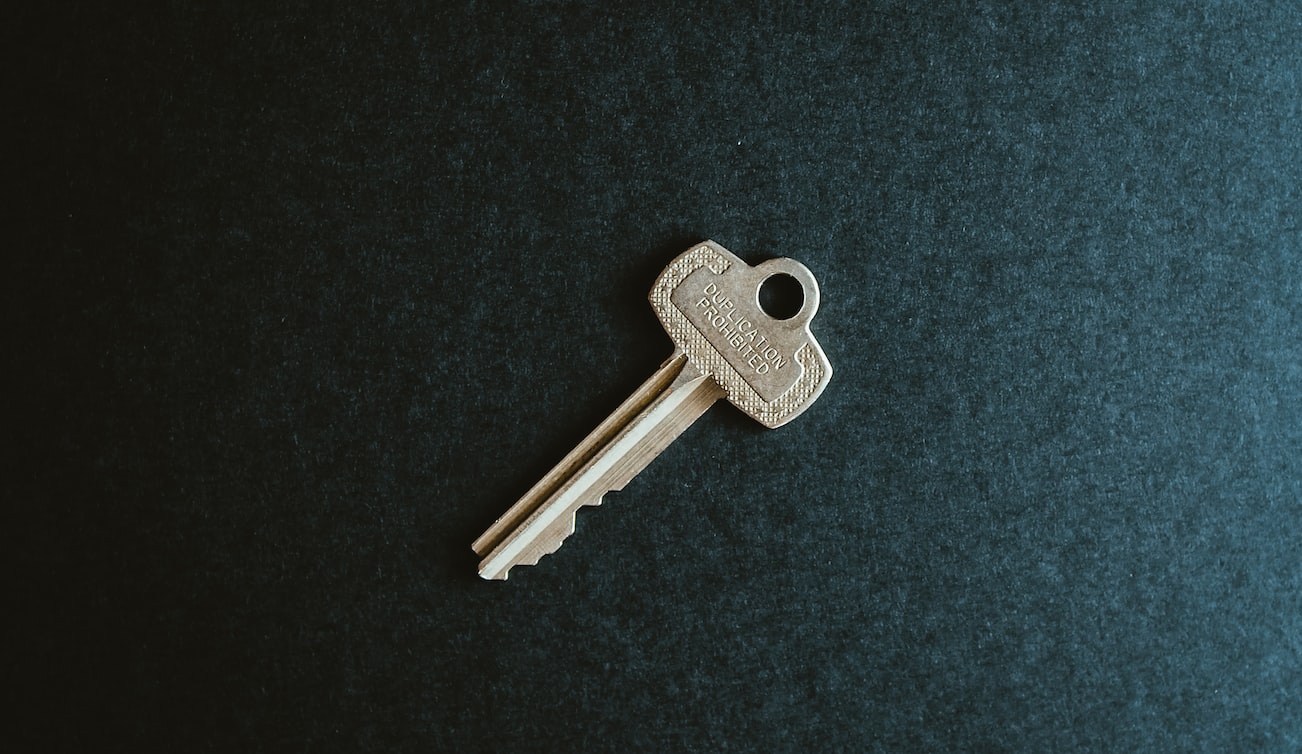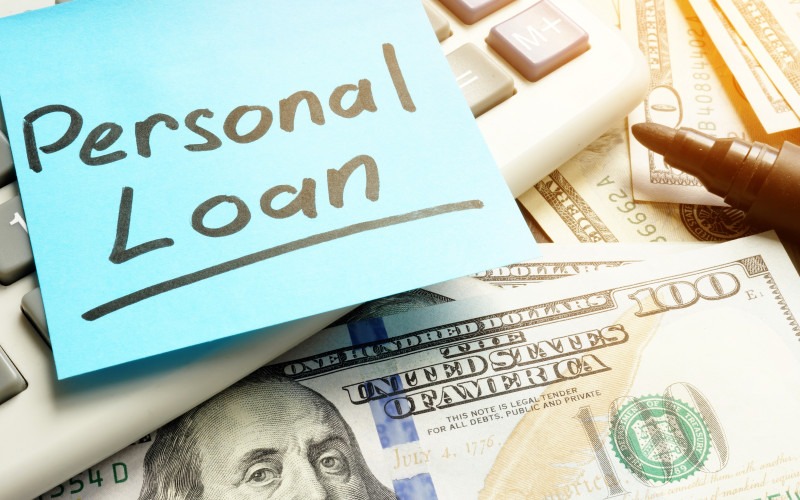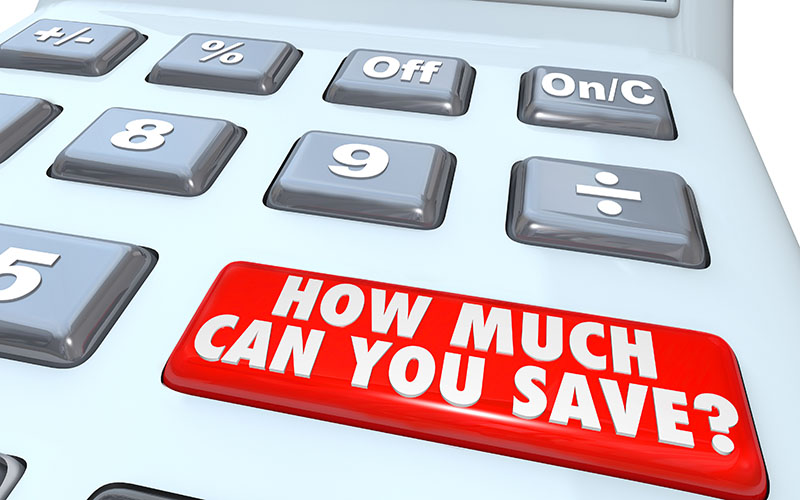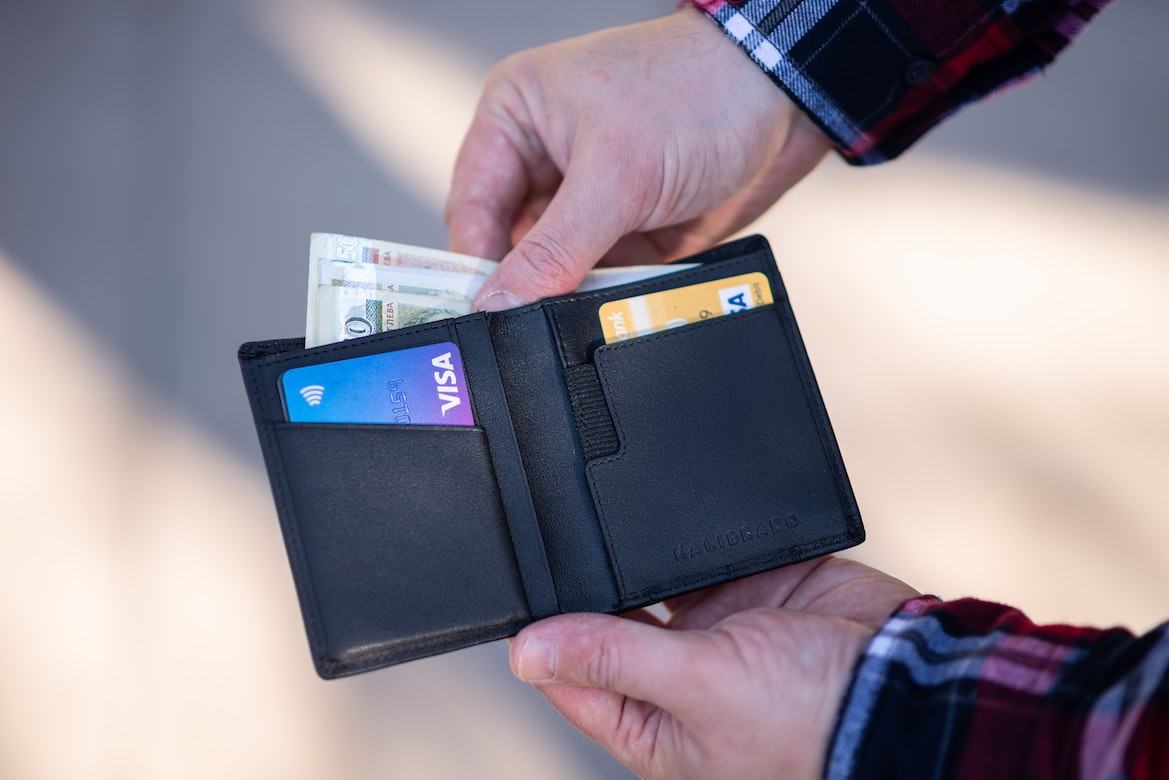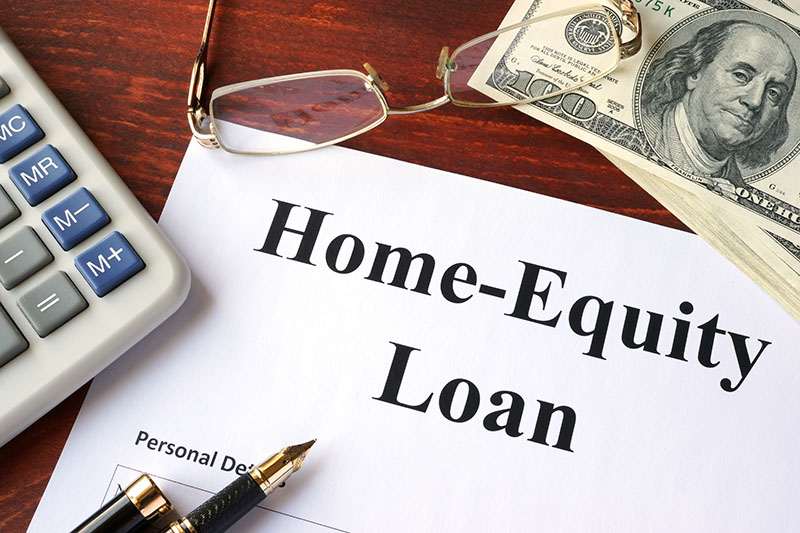Energy-Efficient Tax Credits & Loans
Key Takeaways
- Consumers and businesses can access green loans and residential energy tax credits to fund energy-efficient home improvements, reduce utility bills, and increase property value
- Agencies like the Department of Energy, EPA, and IRS provide tax credits, grants, and favorable mortgage terms to incentivize renewable energy use and sustainable building
- Eco-conscious businesses can access federal grants, such as SBIR and USDA programs, and leverage green upgrades for cost savings, brand reputation, and customer appeal
- Tax credits and green auto loans are available for electric and hybrid vehicles, with lower interest rates and rebates to support eco-friendly car ownership
- Tools from EnergyStar, EPA, DOE, and SBA help individuals and businesses find, compare, and apply for green funding options and tax benefits
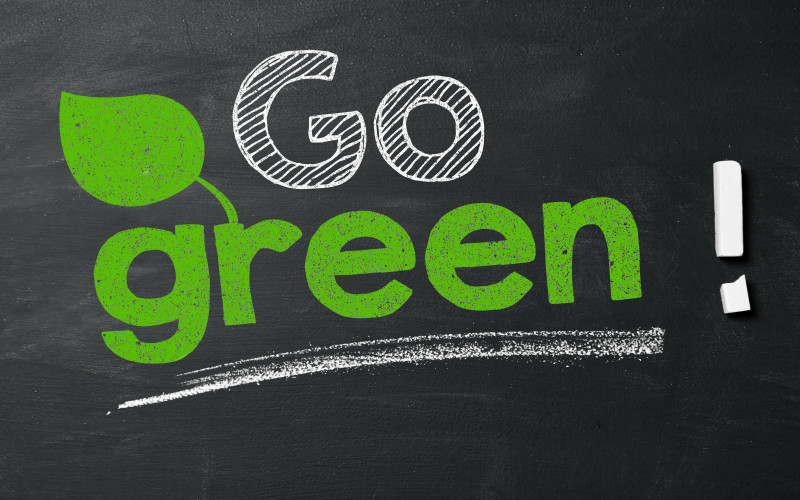
Financial Incentives And Funding For Going Green: A Guide For Consumers And Businesses
Whether you're buying a new home or starting your own business, there are great incentives out there to help you go green — often in the form of a variety of loans including personal loans, and tax deductions.
Most of these incentives come through the federal government, which seeks to reduce greenhouse gas emissions and increase energy efficiency in homes and businesses.
That's why several different agencies within the Department of Energy have been created and given strict guidelines and requirements for how they can offer loans, grants, and other types of financial assistance for consumers and businesses.
But, who sets up these programs or even what qualifies as "green"?
What is a Green Loan?
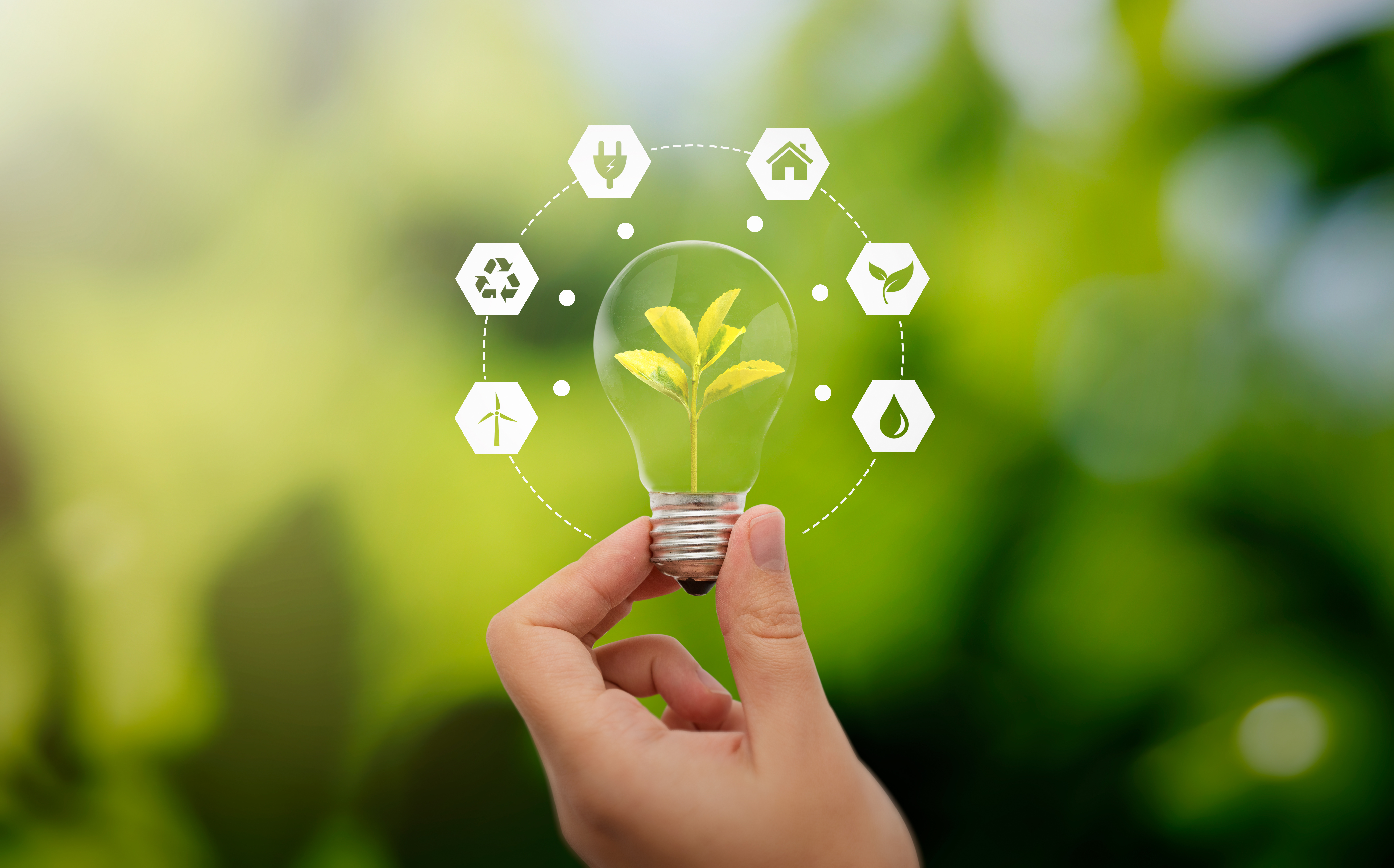
A Green Loan is a loan for which the proceeds are used to purchase energy-efficient property and/or products. The tax credits are generated from the purchase, and to qualify, the property must also meet specific energy performance criteria.
Green financing has been around for decades and was established under Section 25C of the U.S. Internal Revenue Code. The program was designed to provide incentives to individuals who acquire energy-efficient property.
With a green loan, borrowers may pay no upfront interest on their home improvement project and can often receive a substantial credit toward their federal income taxes. Any homeowner or business that wants to accomplish an energy-efficiency project will be able to use a green loan.
US Energy Policy Act
The U.S. Energy Policy Act (EPA) of 1992 created a new energy tax credit for residential energy conservation. This is the first time there was a federal policy to assist homeowners with energy efficiency and conservation.
The bill was designed to help homeowners increase efficiencies in insulation, heating, air conditioning systems, and appliances such as refrigerators and water heaters.
With these improvements come substantial savings depending on the homeowner's locality, usage of utilities, and size of the home. For those who choose not to do it themselves or cannot afford the labor costs associated with such projects, contractors can complete work for a fee.
Taxpayers may also claim credits against their taxes. Credit amounts are based on how much energy is consumed by the home being built or renovated, with a maximum stated amount per square foot of living space in that home. This percentage remains constant even if future increases in consumption result in higher actual dollar credits than those currently written on the homeowner's electric bill.
The Energy Policy Act of 2005 was an expansion passed to promote energy efficiency and conservation. One way this was done was by extending the residential energy conservation tax credit that has been in place since 1992. The 2005 bill also increased the investment tax credit for income-generating commercial buildings, reducing their cost of implementing energy-efficient technologies. The bill helped commercial owners invest in more energy-efficient equipment and technologies to reduce their utility bills by up to two-thirds.
Residential Energy Credits and Tax Credits
When it comes to energy efficiency upgrades, you might first think of a loan as the way to go. You may have heard that loans have low monthly payments and allow for flexibility, being able to borrow money from one bank or multiple banks at no extra charge.
There are also deductions on your tax returns as a result of interest paid on home equity loans and lines of credit. These deductions can offset some or all of the costs involved with loan repayment.
However, recent changes by the federal government allow homeowners to deduct qualified expenses directly from their taxes – a residential energy-efficient tax credit. The tax credit is available for weatherization and energy-efficient home improvements, including new windows, exterior doors, insulation, roofs, furnaces, and water heaters.
Benefits of Going Green in Your Home
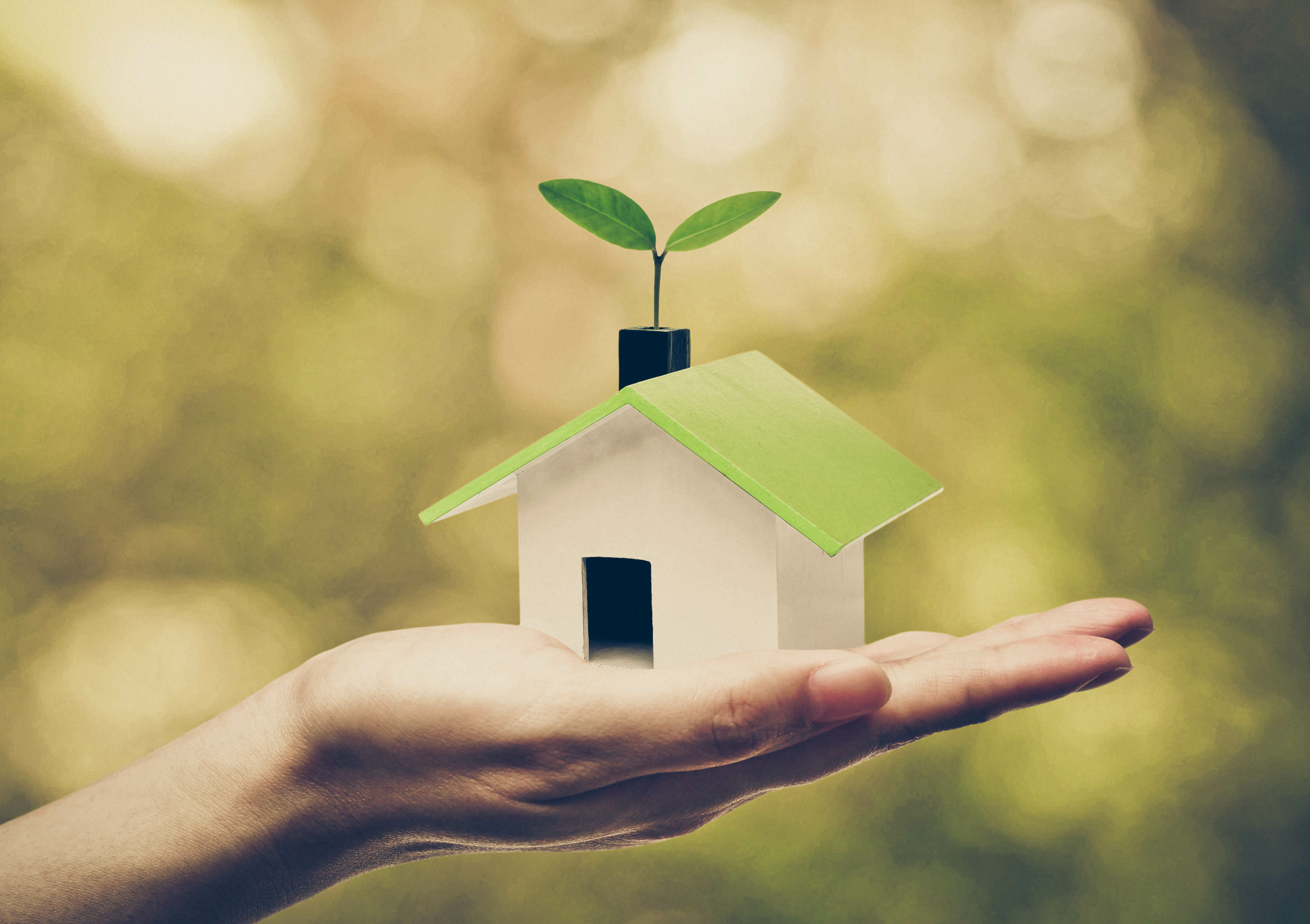
You might be aware of energy grants and loans for people who go green. But there are other great reasons for making your home more eco-friendly. For example, if you use solar panels to make your house more energy-efficient, you could pay less for your electricity bill every month. Companies also give out free smart meters to people who want to know how much electricity they're using in their homes.
Going green in your home can cut down on your power bill, water bill, increase indoor air quality, and can even boost the value of your home. If you are worried about the expenses of eco-friendly and energy-efficient technologies, consider residential energy and tax credits.
Energy Efficient Home Finance Solutions
Energy efficiency is a significant concern for most homeowners. With energy costs on the rise, the cost of energy-efficient upgrades can be overwhelming. Fortunately, there are available government programs that provide tax credits or loans to help offset these expenses. If you’ve considered refinancing a loan to pay for some green updates, also consider the following.
Green Loans
Green loans are one of the primary energy-efficient financing solutions. These loans are specifically designed to finance energy-efficient upgrades, solar panels, and other green technology. Homeowners can borrow for green improvements and reduce their taxable income by the amount borrowed. This is an excellent option for homeowners who want to make more environmentally friendly changes but cannot afford the cost of these updates.
Personal Loans
Some homeowners may prefer the convenience of a traditional personal loan to finance energy-efficient upgrades. Banks and other financial institutions offer personal loans so homeowners can receive the financing they need for green updates. Usually, you can apply online for a loan, and depending on your situation they aren’t an inconvenience. This is an attractive option for homeowners who have more flexibility in how they use their funds.
Green Mortgages
Green mortgages are a great option for homeowners who are hesitant about borrowing or do not have enough equity in their homes to finance energy-efficient updates. These mortgages are offered by banks, credit unions, and other lenders at competitive rates. When considering what you need to buy a house, take a look at some of the following mortgages:
The Federal Housing Administration (FHA) offers increased savings, favorable rates, and other incentives to homeowners who finance energy-efficient upgrades through their FHA loans. The FHA offers up to a 20% discount on energy-efficient upgrades such as solar panels, windows, doors, furnaces, and insulation.
The Department of Veteran Affairs (VA) also offers energy-efficient mortgage options to veterans who want to finance the installation of solar panels or other environmentally friendly updates. This loan is offered at attractive terms with no down payment required. If you are a veteran in need of an energy-efficient mortgage, contact your lender today.
Private lenders typically offer conventional energy-efficient mortgages (EEM) and can finance up to half of your energy-efficient upgrades. These loans can be used to finance solar panel systems, insulation, high-efficiency heating, air conditioners, and other features that help reduce a home's carbon footprint.
Energy-Efficient Residential Tax Credits
In addition to green loans and other energy-efficient financing options, homeowners can receive residential energy tax credits when they make energy-efficient updates. These tax credits can allow homeowners to deduct some qualified expenses from their taxes. With this move, the federal government is encouraging homeowners to make greener choices for their homes.
Residential energy property costs are a form of tax credit homeowners can receive for energy-efficient upgrades. These credits are offered by the federal government and reduce the taxable income of homeowners who make green updates to their homes. The amount of these credits varies depending on the type of upgrade, but all homeowners should research these expenses before energy-efficient upgrades such as new windows or insulation.
All homeowners should visit the website of the federal government's energy information agency to see if their proposed residential energy property costs qualify for these credits. While not every update qualifies, most homeowners will find that they can receive a significant tax credit from particular home improvement projects.
Visit the U.S. Department of Energy to see if they qualify for tax credits or green loans. These energy-efficient financing solutions are a great way to finance residential energy property costs and reduce the expense of updating a home with green technology.
Green Auto Loans and Incentives
There are also incentives for choosing an eco-friendly car. If you purchase or lease a new electric vehicle or fuel cell electric vehicle, you may be eligible for a tax credit.
Fuel-efficient and low emission cars are well-liked by the public. There is a tax credit for people who buy or lease a new fuel-efficient car, truck, or SUV that meets certain standards to promote these types of vehicles further. The list includes conventional hybrids, plug-in hybrids, electric cars, and hydrogen fuel cell vehicles. If you are thinking about refinancing your car loan, see if you can’t get a green auto loan for financial assistance first.
Benefits of Eco-Friendly Cars

There are many benefits to purchasing an eco-friendly car. These cars are often better for the environment, resulting in less air pollution and other environmental problems. They also run more quietly. Finally, they often have a smoother ride than conventional cars because their engines vibrate less or not at all.
If you are considering an eco-friendly car, check for green auto loans and tax credits before purchasing.
Electric and Hybrid Car Loans
If you have bad credit or no credit, you may not get a green auto loan. But if you are eligible for a green auto loan, there are also low-interest loans for those who don't qualify for the tax credit.
One of the benefits of a green auto loan is that they are typically more affordable than traditional auto loans. The interest rates on these loans are usually lower because the federal government backs them.
The best way to see if you qualify for the green auto loan is to apply online. The application process will be free, and you should receive a response as soon as possible.
Tax Credits and Rebates
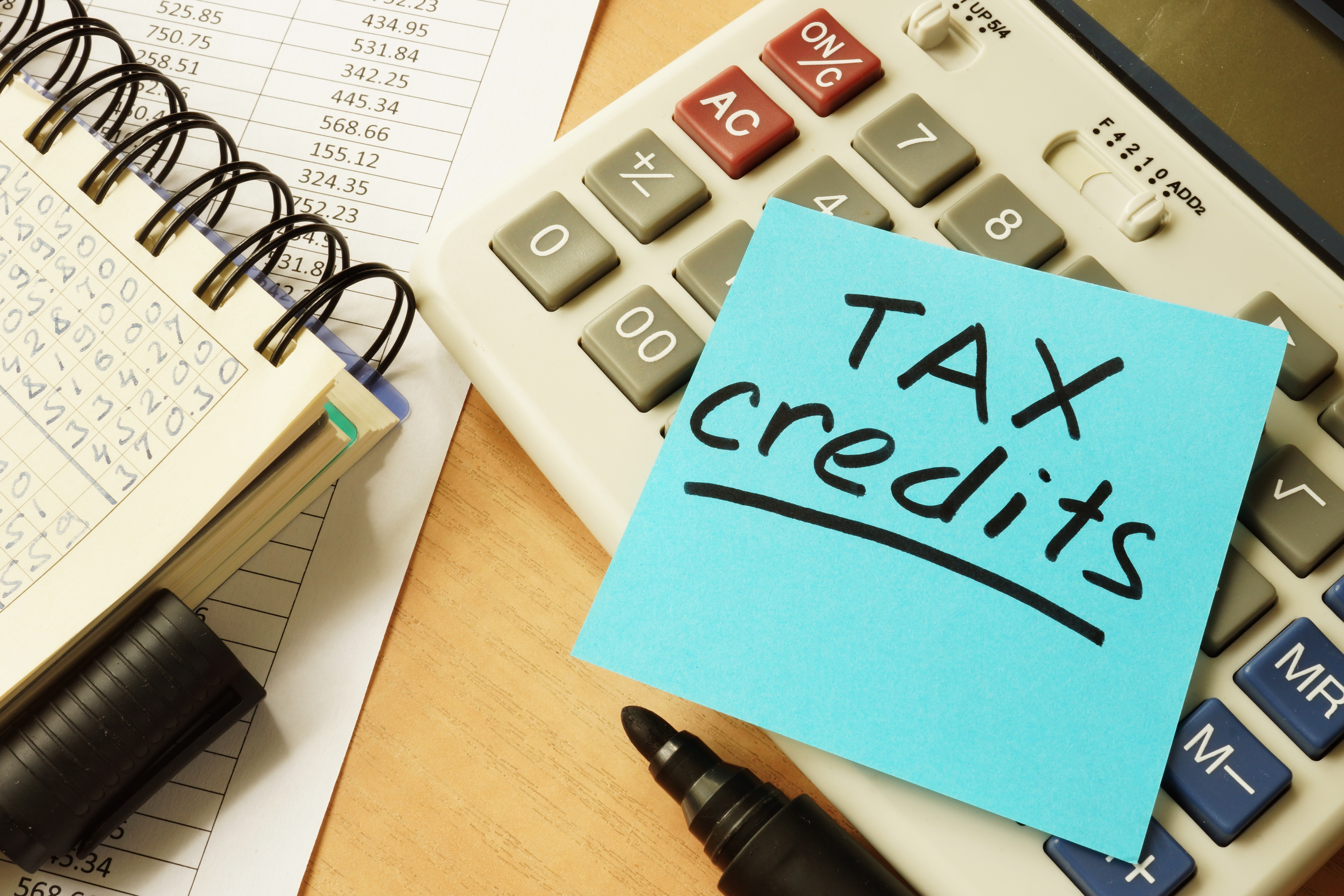
You can also use tax credits and rebates to help you purchase an eco-friendly car. Every state has its own rebate program, but there are also federal tax credits.
The government offers many different incentives to promote environmentally-friendly cars because they understand how important it is to save on gas and reduce pollution.
If you think you qualify for any of these car tax credits or rebates but don't know how to apply for them, look online at the IRS' website. The application process is free and usually takes little time to complete.
Eco-Friendly Business Loans and Incentives
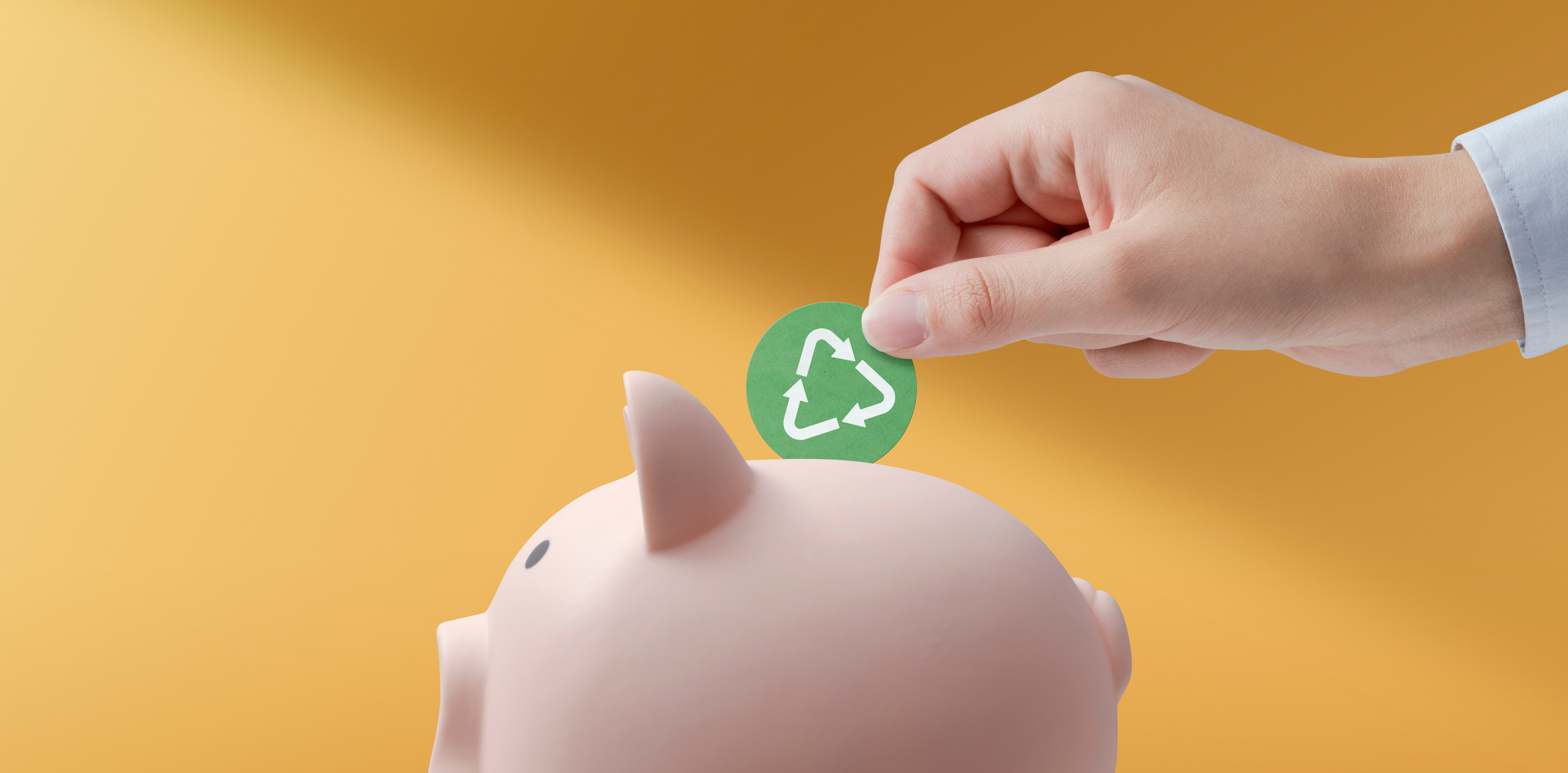
Green business loans are designed to help individuals and businesses take steps toward sustainability by making changes to reduce energy consumption, create healthy work environments, and improve the impact of their products or services on people and the planet.
If you are an individual or business owner considering making your home or office more eco-friendly, there may be several different types of tax credits and loans available to help reduce the costs associated with these kinds of projects — depending on which company you bank with for business. These energy-efficient tax credits and loans can help fund your business and the environment by reducing the number of greenhouse gases resulting from energy consumption and supporting clean energy sources.
How Going Green Benefits Your Business
As an eco-friendly business or entrepreneur, you are making a conscious effort to operate your business in a way that preserves the environment. Your company is not only environmentally friendly, but it is also showing consumers that you are committed to protecting their health and safety along with the well-being of future generations.
Consumers are looking for more sustainable businesses to support, and by making your company eco-friendly, you set yourself apart from the competition — so it may help your branding and marketing efforts as well. Items such as low-flow fixtures and energy-efficient light bulbs can not only make your business more eco-friendly but help lower your utility bills while appealing to customers.
Green Business Grants and Loans
Businesses that meet energy efficiency standards are qualified to receive grants and loans. Companies looking to become energy efficient must look at green loans and grants for assistance. These funds make the creation of a green business more cost-effective and affordable. A grant is given to help build, renovate and maintain a building over time. This will allow the company to save money in the long run while also cutting back on current utility bills. Furthermore, these grants can be used for education on how to be sustainable and energy-efficient. This type of business funding could be the difference between success and failure.
EPA Grants
The EPA manages many different programs and grants for businesses and energy-efficient tax credits and loans.
The agency offers research on the marketability of using biofuels, including ethanol and biodiesel. It also provides funding for business owners willing to try alternative fuels like natural gas. The EPA's Sustainable Materials Management Program deals with hazardous waste issues while its GreenChill Advanced Refrigeration Partnership works to increase the efficiency of refrigerants while keeping them out of landfills. Finally, the EPA has a Climate Leaders program that helps companies decrease their greenhouse gas emissions.
Other common EPA business grants for environmental innovation include:
- Brownfields Grants for Redeveloping Formerly Polluted Real Estate
- Green Building Grants
- Integrated Pest Management Grants
- Grants for Environmental Research
Department of Energy Grants and Loans
Designed to reduce energy costs and increase energy efficiency, Department of Energy (DOE) Grants and Loans for business are available at all stages in a business lifecycle. The DOE encourages the widespread adoption of energy-efficient products, processes, building designs, manufacturing methods, systems, services, and technologies that reduce energy consumption. The Department of Energy also offers loans to authorized government agencies that are implementing projects.
There is a range of business grants and loans available to businesses, including:
- Loan Programs
- Energy Efficiency and Renewable Energy Grant Programs
- Office of Science Grants and Contracts
National Science Foundation Grants
The National Science Foundation offers business grants for wind turbines, solar energy projects, and more. The small business grants they offer are meant to encourage entrepreneurs to create companies that can help the country produce more energy through alternative means.
The National Science Foundation offers such grants as:
Small Business Innovation Grants
The Small Business Innovation Research (SBIR) Grants program is a competitive awards program that encourages domestic small businesses to engage in federal research and development that has the potential for commercialization. This program is meant to help entrepreneurs produce technologies that will lead to creating jobs in their communities.
The SBIR program works by allowing small businesses interested in commercializing technology to ask for money in federal research funding. The money comes from the Small Business Innovation Development Act. Grants are awarded to companies with the best potential for commercialization.
The SBIR works with many agencies and provides grants for research on a variety of innovations, including:
- Department of Agriculture (USDA)
- Department of Defense
- Department of Education
- Department of Energy
- Department of Health and Human Services
- Department of Transportation
- Environmental Protection Agency (EPA)
- National Aeronautics and Space Administration (NASA)
- National Institute of Standards and Technology (NIST)
- National Oceanic and Atmospheric Administration (NOAA)
U.S. Department of Agriculture (USDA) Programs
The USDA provides grants to businesses for a variety of technologies. However, out of all their grant programs, perhaps the most well-known is the Energy-Efficient Commercial Buildings program. This energy-efficient commercial building grant helps small businesses, specifically those in rural areas and economically disadvantaged areas, become more energy efficient. The goal of this program is to reduce U.S. oil dependence while creating jobs.
Green Business Tax Credits and Deductions
Going green can save a lot of money on taxes due to reduced energy bills. Taxpayers who make green investments can get a credit on expenditures for solar water heaters, small wind turbines, geothermal heat pumps and stoves that burn biomass fuel, and much more.
- Green Investment Tax Credits
- The Solar Investment Tax Credit
- Tax Deduction for a "Green" Building
- Green Vehicle Tax Credit
Additional Green Resources for Consumers
- EnergyStar: The EnergyStar website provides information on residential energy credits. They have an entire section dedicated to improving your home's energy efficiency with simple steps. They even have a tool that allows you to see how much you could save by making specific green changes around your house.
- EPA: The EPA website provides information on tax credits for homes. They even have a calculator to determine the energy efficiency of your home. They also encourage citizens to research and compare which tax preparer offers the best price and service.
- Federal Trade Commission (FTC): The FTC has a list of government programs with tax breaks for energy-efficient home improvements. They also have a consumer guide with tips on how to save money and energy in your home.
- U.S. Department of Energy: The DOE has a list of tax credits related to energy efficiency. They also have a helpful site that provides information on green tax incentives and support.
Additional Green Resources for Businesses
- EnergyStar: The EnergyStar website provides information on commercial energy credits for businesses. They have a free online tool that can help your business measure how much you could save by becoming more energy efficient. They also have a list of some grants given to small businesses to engage in federal research and development that have the potential for commercialization.
- EPA: The EPA provides information on tax incentives for businesses. They even have a calculator to help your business figure out how much you could save by making simple changes around the office.
- U.S. Small Business Administration (SBA): The SBA provides information on the benefits of greening your business. They also encourage people to take advantage of their programs that can help companies to become environmentally friendly.
- International Finance Corporation (IFC): The IFC website provides information on green business opportunities for small businesses. They also provide links to other organizations that can help you find financial assistance, where appropriate.
Edited by:
Bryan Huynh
•
Product Tester & Writer

